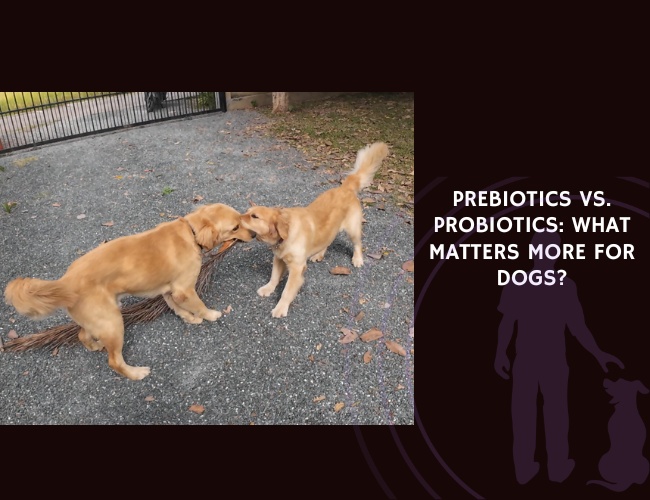Most studies of dog–human attachment have focused on pet dogs, but a recent investigation extended this framework to dogs in shelters and foster homes. Researchers assessed attachment relationships between 21 foster dog–volunteer pairs and 31 shelter dog–volunteer pairs, using a secure base test and paired attachment test. Human participants also completed the Lexington Attachment to Pets Scale (LAPS).
The results showed that shelter dogs had a significantly lower percentage of secure attachments compared to findings from previous studies on pet dogs. In contrast, foster dogs showed attachment style distributions more similar to those of pets, though the differences between foster and shelter populations were not statistically significant.
Additionally, the researchers observed signs of disinhibited attachment, a pattern associated with indiscriminate social behavior. Dogs displaying this pattern showed little differentiation in behavior toward familiar and unfamiliar individuals, suggesting disrupted social development possibly linked to time spent in institutional environments.
This is the first study to apply attachment theory to shelter and foster contexts in dogs. The findings highlight the importance of stable and supportive human interactions to promote healthy emotional bonds and social development in dogs awaiting adoption.
Source: L. E. Thielke, M. Udell, Animals, December 30, 2019.









